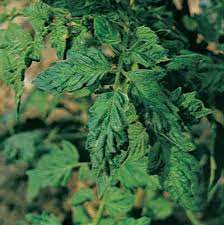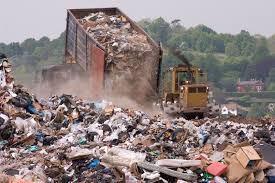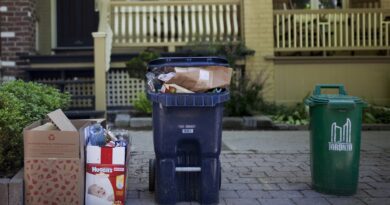Hazardous Substances and Plant Growth
The heavy metals that are available for plant uptake are those that are present as soluble components in the soil solution or those that are easily solubilized by root exudates (Chibuike and Obiora, 2014).
Although, plants require certain heavy metals for their growth and upkeep, excessive amounts of these metals, through pollution and the introduction of hazardous substances to the environment, can become toxic to plants.
As metals cannot be broken down, when concentrations within the plant exceed optimal levels, they adversely affect the plant both directly and indirectly. Some of the direct toxic effects caused by high metal concentration include inhibition of cytoplasmic enzymes and damage to cell structures due to oxidative stress.
An example of indirect toxic effect is the replacement of essential nutrients at cation exchange sites of plants. These toxic effects lead to a decline in plant growth which sometimes results in the death of plant.
The accumulation of heavy metals from pollutants by plants depends upon plant species. Their absorption into the plant tissue also depends on temperature, moisture, organic matter, pH and nutrient availability (Singh and Kalamdhad, 2011).
The efficiency of different plants in absorbing metals is evaluated by either plant uptake or soil to plant transfer factors of the metals (Wang et al, 2007).
Read Also : Effects of Hazardous Substances on Soil
Elevated volume of Lead (Pb) in soils may decrease soil productivity, and a very low concentration may inhibit some vital plant processes such as photosynthesis, mitosis and water absorption resulting in toxic symptoms like dark green leaves, wilting of older leaves, stunted foliage and brown short roots.
Heavy metals are potentially toxic and phytotoxicity for plants resulting in chlorosis, weak plant growth, yield depression, and may even be accompanied by reduced nutrient uptake, disorders in plant metabolism and reduced ability to fixate molecular nitrogen in leguminous plants (Clarkson and Luttge, 1989).

Pollution with heavy metals through hazardous substances also reduces plant growth as a result of changes in physiological and biochemical processes in plants. Continued decline in plant growth reduces yield which eventually leads to food insecurity.
In general terms, hazardous substances have various adverse effects on the growth of plants and equally have long lasting impacts on crop yields. Chibuike and Obiora (2014) summarized some notable effects of toxic substances on some common plant varieties as follow:
Reduction in seed germination: decrease in seedling height, reduced leaf area and dry matter production;
Reduced fruit yield: decrease in leaf fresh weight;
Stunted growth: chlorosis; wilting;
Reduction in seed germination: decrease in plant nutrient content, reduced shoot and root length;
Reduction in plant nutrient content;
Reduction in antioxidant enzyme activities: decrease in plant sugar, starch, amino acids, and protein content;
Inhibition of germination process: reduction of plant biomass;
Plant mortality: reduced biomass and seed production
Decrease in plant height: reduced tiller and panicle formation, yield reduction, bioaccumulation in shoot and root of seedlings;
Slower plant growth: decrease in chlorophyll concentration;
Reduction in number of leaves and leaf area: reduced plant height, decrease in plant biomass; and
Accumulation of Zinc in plant leaves: growth reduction, decrease in plant nutrient content, reduced efficiency of photosynthetic energy conversion.



